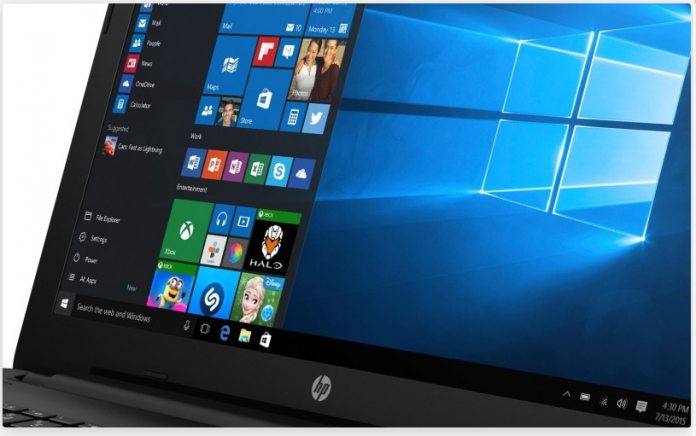As a temporary remedy to the situation, Microsoft has pulled the driver from Windows Update. It has also released an update that will remove the driver from the devices of affected users. Unfortunately, if a user has restarted after installing the driver, things are a little harder. Microsoft recommends that those presented with the error on the boot enter the Windows 10 Recovery environment or install it to a USB Drive. Users will then have to remove the driver using the command prompt option. The exact command depends if you have a 32-bit or 64-bit version of Windows, with 64-bit as follows: After exiting the environment and restarting Windows, everything should boot okay. Of course, this isn’t a permanent solution to the issue, but HP is apparently working on a solution on its end.
Does Microsoft Need More Internal Testing?
Issues such as this tend to appear with every major Windows update, and often aren’t Microsoft’s fault. However, a recent bug that deleted pictures and documents absolutely was. The issue was caused by a bug with Known Folder Redirection that deleted what it assumed to be old folders and replaced them with new, empty ones. Microsoft reacted very quickly to this, pulling the update and later offering to help users try to recover their data. However, the high volume of problems with each update is making experts wonder if the company’s bi-yearly schedule is working, as well as its Insider program. Though Microsoft does test internally, it relies heavily on a community of volunteers who aren’t always experts. Granted, users can use options in Windows to defer updates by up to a year, but they shouldn’t have to enable an optional feature for a stable experience. Ultimately, it’s the vocal minority that has serious problems, but in the case of HP users, the bug could seriously hamper productivity. You can find Microsoft’s full support article here.




